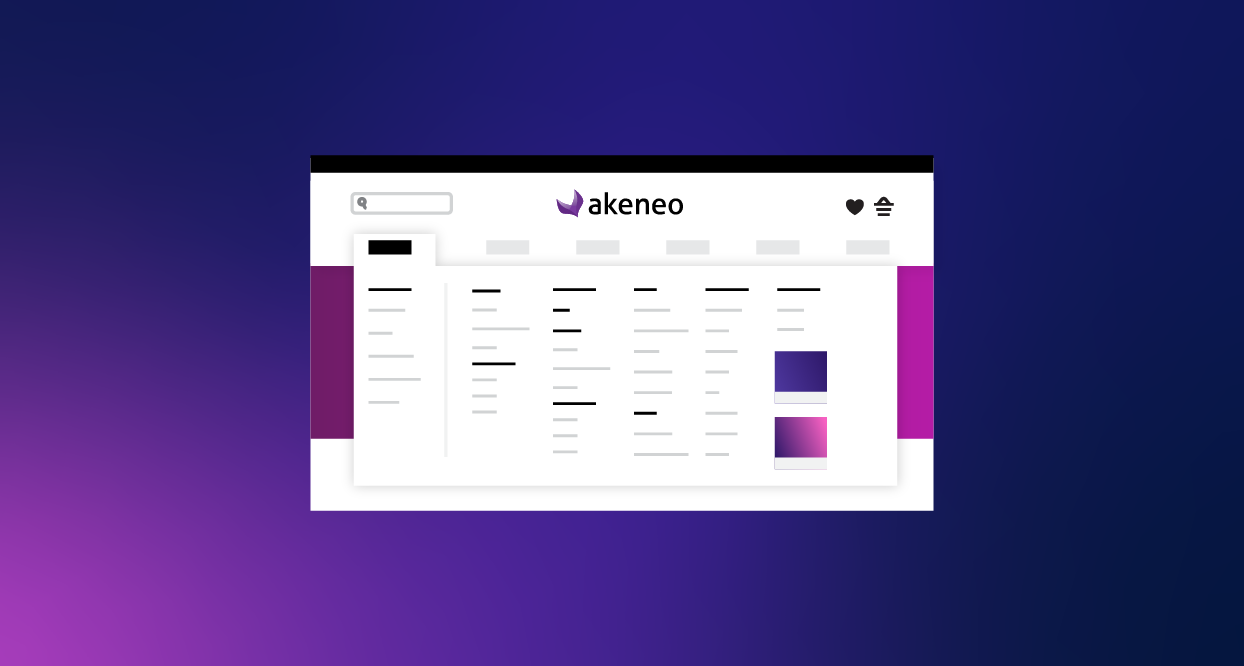The Difference Between Classification & Taxonomy and Why It Matters

There are many terms in the data management space that get thrown around interchangeably. Unfortunately, not many people clearly understand what these terms actually mean.
We’re focusing on classification and taxonomy (which still trips me up on occasion and I live in this space all the time) covering the key differences and why it ultimately matters for data governance and enabling effective product information management (PIM).
What Is Classification?
Classification can be thought of as a systematic arrangement in groups or categories according to established criteria. The term can encompass any kind of grouping according to criteria.
For example, if you were to group items by color, or by whether they were on sale, that would be classification. It’s common for people to classify things because groups of things are easier to understand than a multitude of unrelated items. Classification usually doesn’t extend beyond a few criteria per class.
What Is Taxonomy?
Broadly speaking, when you hear about taxonomy, it typically refers to an orderly classification of plants and animals according to their presumed natural relationships. Taxonomy is the process of giving names to things or groups of things according to their positions in a hierarchy.
For example, the taxonomy of biology organizes all plants and animals into smaller and smaller groups, with each group being a subset of the groups above it. The items are defined according to their relationship with the other items in the hierarchy.
How Are They Alike?
With data management, classification and taxonomy are both methods for organizing and categorizing large amounts of data in a form that humans are able to comprehend.
They’re tools that allow us to maintain databases of separate but related items so that those items can be easily compared and contrasted. They describe the items in a way that makes it easy for us to return to them later without having to analyze each piece of data every time we need to use it.
How Are They Different?
Taxonomies are more concerned with providing exhaustive lists while classification is not exhaustive. Taxonomies are based on providing a hierarchical relationship map between a multitude of items while classification usually only groups items according to one or two attributes.
The fundamental difference is that taxonomies describe relationships between items while classification simply groups items.
How does this relate to data management or product information management? To examine that, let’s look at how these concepts manifest with one of our PIM partners, Akeneo.
An Akeneo "Category" is Classification
Classification = organization
- Presentation layer
- Sales channels
- Data consumers
- Syndication
Within Akeneo, your "Trees" and "Categories" represent how your products are classified within the PIM. Products can belong to any number of Categories and Trees. The categorization can be based on any arbitrary consideration. The power here is you can organize your products in a manner that is different and distinct from a "data-oriented" perspective.
For example, on your eCommerce site, let's say you’re planning a sale for the holidays. You build a category for all the "Holiday Stuff" to show on the website with items that you want to promote during the season. The items included with your Holiday Stuff category may not have any common attributes that distinguish them from all of the other products in the catalog, but their organization and presentation together may increase conversion rates, average order value, etc. This creates an abstract relationship between these items, not something that is a natural characteristic that ties them together.
An Akeneo "Family" is Taxonomy
Taxonomy = architype (required attributed)
- Data governance
- Data quality
- Data enrichment
In Akeneo PIM, "families" represent the taxonomy, since they’re a collection of attributes that are usually intrinsic to a particular type of product. Within Akeneo, a product can only be assigned to one family at a time. Therefore, the product’s family represents the data structure for a specific type of product.
This is important in the context of data governance, because it provides constraints on the product attributes. Specifically, the product should ONLY have the attributes defined in the assigned family. This control on what data is needed or allowed within a product is critical for ensuring high-quality product data.
In addition, a taxonomy can provide a way to uniformly enrich products by expanding the attributes associated with products to include data. This is a form of "inheritance" where attributes added to a family are automatically included to products already assigned to that family.
While these attributes do not need to be necessarily intrinsic to the product itself, adding them enhances the merchantability or marketability of a product across your sales and distribution channels. For example, adding an attribute called "Gross Margin" to a family has little to do with the products themselves but can be used to position higher-margin products in the marketplace.
Differentiate for Product Clarity
Fully comprehending the differences between taxonomy and classification is challenging. However, I hope we have shed some light on these concepts to help you differentiate between these two terms. While you’ll continue to be in conversations where they are used interchangeably, they each define distinct and powerful concepts. Each serves an important role in establishing data governance and enabling effective product information management.


